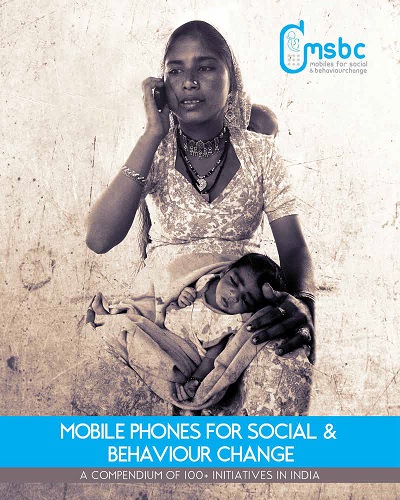To bridge the digital divide facing rural India, a cost-effective technology solution and a sustainable economic model based on community-led networks is needed. Gram Marg Rural Broadband
project at IIT Bombay, India has been working on both these aspects through field trials and test-bed deployments. It has been studied that even if the connectivity reaches rural India, without a sustainable economic model, the network would not be able to sustain itself at the village level. Our impact studies have revealed the need for community owned networks. The study reveals that villagers understood that they could save time and money with Internet connectivity at the village. However, the network was not sustainable and, for this reason, villagers suggested community-led networks would enable them to ‘own Internet’. Hence, a Public-Private-Panchayat Partnership (4-P) model was developed. In this partnership model, the Panchayat, which is the local self-government structure at the village level, takes ownership of the network. The partnership enables the network to be community-led for effective decision making and giving priority to development of services based on village needs. The public-private partnership enables Internet connectivity to reach the village from where it is taken over by the Panchayat. The investment for the network is done by Panchayat at the village level. Local youth known as Village Level Entrepreneurs (VLEs) invest, maintain the network and generate revenue. The model ensures a decent and sustainable Return-on-Investment for the Panchayat and nominal user subscription cost. It also considers expected future growth in demand and related cost dynamics. Revenue generation and sharing is an important aspect which provides incentive for Internet’s spread and expanse in the village.







